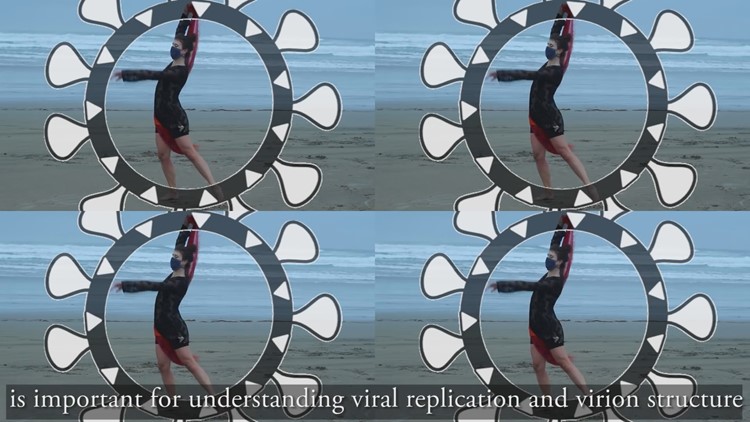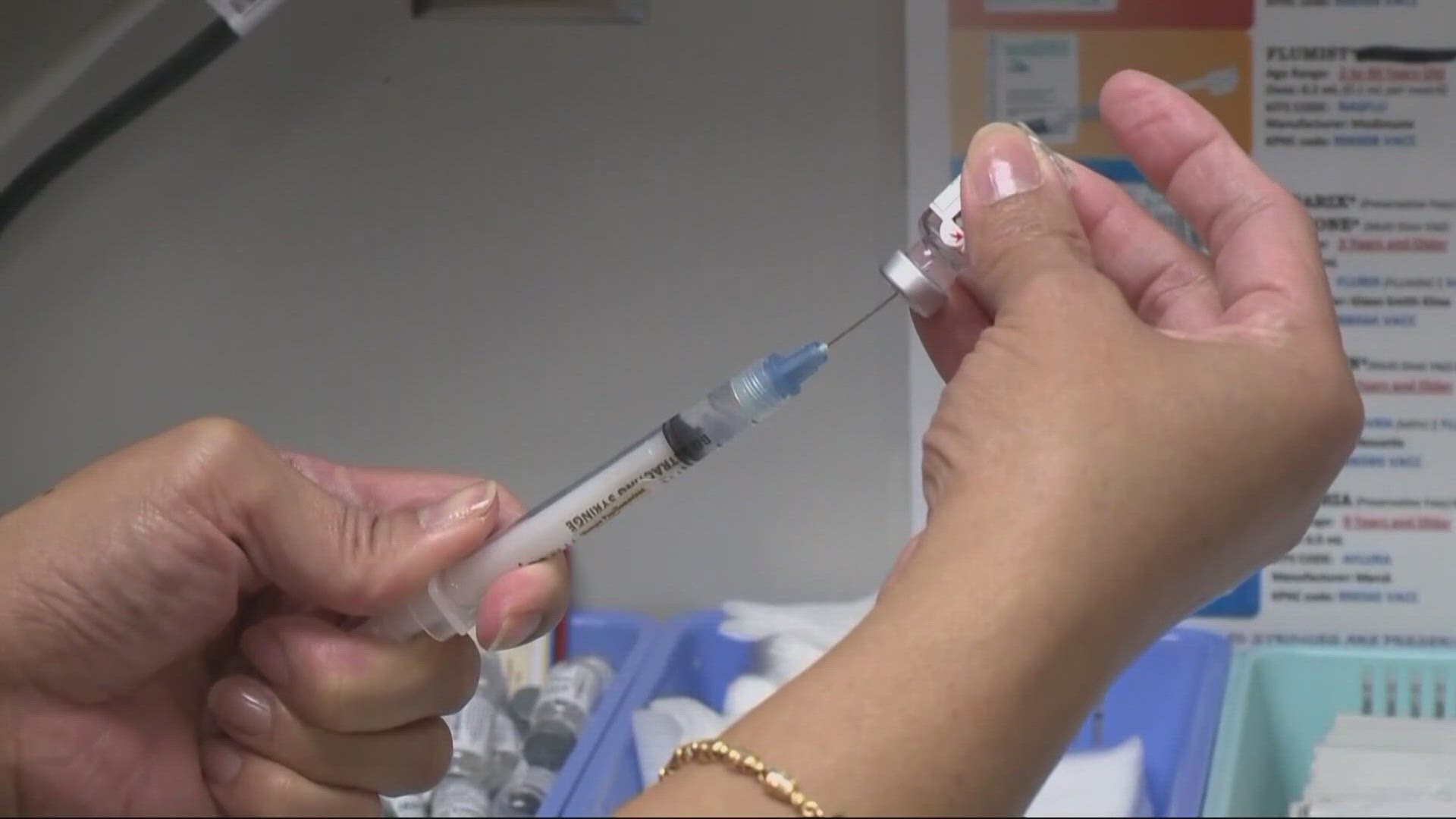CORVALLIS, Ore. — Researchers in the Oregon State University (OSU) College of Science are studying a specific protein of the COVID-19 virus, to push toward new drugs and vaccines. One of the PhD candidates now has national recognition for a dance interpretation she put online about the project.
Heather Masson-Forsythe is part of the team researching the virus’ nucleocapsid protein, or N protein.
She said the protein is a critical piece of the SARS-CoV-2 virus structure, allowing it to move, bind together and ultimately keep it protected.
"You could in theory develop a drug compound that interferes with that protein interaction, and all of sudden, it can't do it's job," she said. "Completely destroy the virus."
Masson-Forsythe has a background in dance. She submitted her research to Science Magazine in the form of a narrated, choreographed video. She explained the findings while transitioning dance styles to reflect elements of the N protein her team studied.
"Dance and science are ultimately both storytelling," Masson-Forsythe said. "Communicate whatever you're trying to communicate to your audience."
The video went on to win first place in the national competition.
For now, many questions remain about how to target the N protein, but Masson-Forsythe said the research is key to finding that answer.
"If you're trying to work on a car, you want to know what the engine looks like," she said.
Her work also reaches tens of thousands of people online through her TikTok account (@heycurlytop). She dances, explains lab work and answers scientific questions. The idea is to bring people without a scientific background into the conversation.
"The general public has followed and become involved in science more than ever before, giving scientists a unique opportunity to share their work and talk about the process," Masson-Forsythe said in her video.
OSU's findings were published in the Biophysical Journal.
Elisar Barbar, professor of biochemistry and biophysics at Oregon State, and Masson-Forsythe led the study with help from undergraduate students Joaquin Rodriguez and Seth Pinckney.
Zhen Yu, Richard Cooley, Phillip Zhu and Patrick Reardon of Oregon State and James Prell and Amber Rolland of the University of Oregon were the other researchers on the project.



